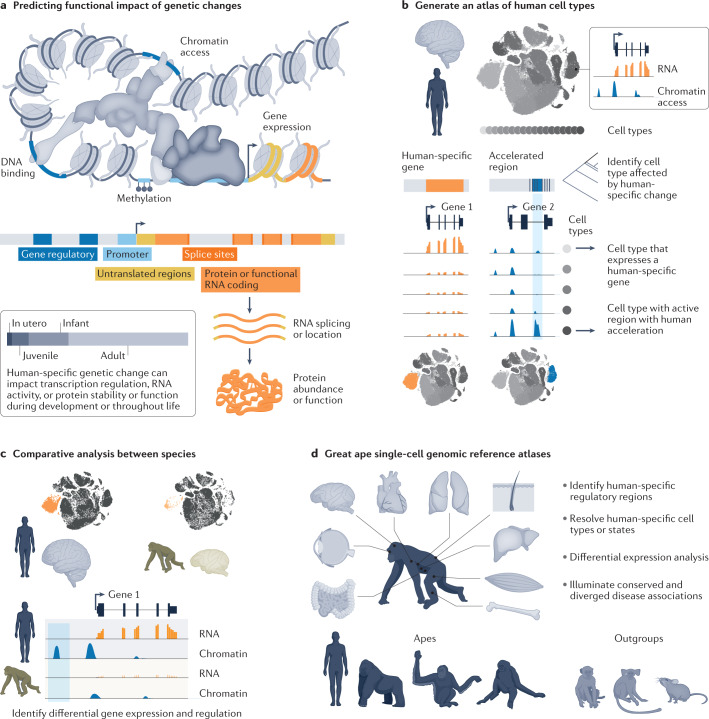Fig. 4. Single-cell genomic atlases to map and identify human-specific features.
a, Illustration of genome organization, highlighting features that could influence gene regulation and function throughout the life cycle. b, Entire human tissues, such as the brain, can be mapped using transcriptome and chromatin accessibility measurements at the resolution of individual cells. These atlases can then be used to identify which cell types might be affected by a human-specific genetic change. c, Cell atlases can be generated from chimpanzees and other great apes, and cell types and states can be directly compared between species to identify gene and regulatory features enriched in humans. d, Cell atlas efforts across great apes, as well as primate and mammalian outgroups, promise to identify human-specific cell types and states and differential activity of genes and other genetic features.

